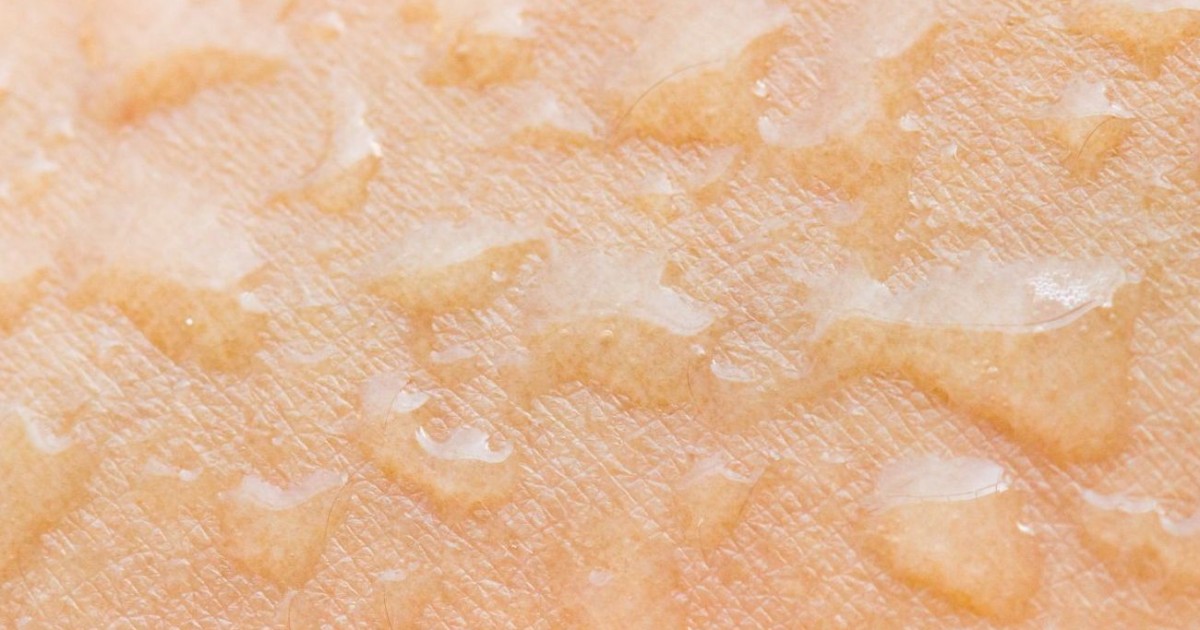A study from the University of St. Louis recently determined that up to 2.8% of the population of the USA suffers from hyperhidrosis, or excessive sweating. Fortunately, with an online search, you can learn more.
By taking the time to explore the condition, you can keep the worst symptoms at bay. This article can help you learn more about what’s causing your problem, and will give you some tried-and-true tips to help deal with your sweat every day.
There are four common types of perspiration problems.
Bromodosis is condition which causes foot sweat to have a particularly unpleasant odor. This can lead to not only the feet smelling bad, but it can also leave an unpleasant and lasting odor in shoes. This problem can be managed easily with natural or store-bought products that help reduce odor. Many people swear by using common pantry staple baking soda in their shoes. Sprinkle in a fine dusting every evening, and in the morning you’ll wake up with the odor in your shoes almost completely gone.
For others, their odor issues are much more severe, and require a more specialized product. An odor reducing foot powder or spray can be bought for a few dollars at a pharmacy, and sprayed in shoes every night to help kill the bacteria that causes the lingering odor. To help stop the odor before it has the chance to seep into your shoes, many people swear by using antiperspirant on your feet. You can use the regular stuff that you buy for your underarms- just make sure to buy a second stick so you aren’t spreading bacteria around your body.
Hyperhidrosis is excessive sweating that is not triggered by the common causes of heat, extreme emotions, or exercise. People who suffer from hyperhidrosis often sweat even when at rest in a cold room. Many people before being diagnosed find their condition frustrating or embarrassing, but once they know how to handle it are able to manage it easily.
If you think you might be suffering from hyperhidrosis, it’s important to get checked out by a doctor even if you are able to manage it yourself. Excessive sweating can lead to an increased risk for skin infections and rashes. For most people, the first step in combating their hyperhidrosis is seeing a doctor to get a recommendation for a prescription-strength deodorant.
There are also pills available that block communication between certain nerves that can help reduce sweat. For more severe cases, doctors may try some Botulinum injections (commonly called Botox) which can help block communication between nerve centers to cut down on sweating. However, there are some things that you can do at home to help manage your hyperhidrosis before resorting to surgical options.
Tips for coping with hyperhidrosis naturally
- Try a relaxation technique
Enrolling in a yoga class, getting a massage, or practicing meditation can help you control the stress that often triggers excessive perspiration. Although hyperhidrosis isn’t always triggered by stress, it does tend to worsen episodes. Learning techniques to relax your heartbeat and slow your breathing can definitely help you manage your hyperhidrosis on a daily basis.
- Wear natural fibers
Wearing natural fibers can help your skin breathe more effectively, which in turn reduces your core body temperature. Cotton, wool, and linen are all natural fibers which allow your body to breathe. If you like to work out, invest in some high-performance gear that wicks sweat away from your body.
Hot flashes or flushes most often affect women who are in menopause. Hot flashes can last anywhere from 30 seconds to 30 minutes, and are caused by hormonal imbalances affecting how the body regulates its temperature. Once a woman enters menopause, semi-regular hot flashes can reoccur from anywhere between 6 months and 5 years.
Night sweats are a common symptom of menopause, but are also often experienced by people who are ill or feverish. Waking up with night sweats can actually be a good sign of a fever breaking, so don’t get frustrated if this happens to you! A little bit of preparation can go a long way in dealing with the often-daily hot flashes that some women endure during menopause.
Many women find that certain things like alcohol, sugar, cigarettes, or stress can trigger a hot flash. Keeping track of when you have hot flashes and what you were doing just before can help you manage your triggers better.
Dealing with Hot Flashes and Night Sweats
- Avoid tight-fitting clothes
Wearing loose and flowing clothing can help air circulate around your skin, which can give you some relief if you experience a hot flash.
- Drink ice water at the start of a hot flash
This helps you hydrate and cool down at the same time, which is vital when experiencing hot flashes.
- Try acupuncture
Many women swear by acupuncture to help them lessen the symptoms of menopause, including hot flashes, without the side effects that often come with traditional medicine.
In the end, it’s important to remember that sweat is a normal, healthy function. The previously mentioned tips not only help with clinical cases of excessive sweating, but minor ones as well! Even if you suffer from unique perspiration patterns or triggers, making a few healthier lifestyle choices can help you manage your symptoms. There are plenty of remedies out there – both natural and medical- and all it takes is some trial and error to find the one that’s best for you. Don’t let a few drops of sweat hold you back!
